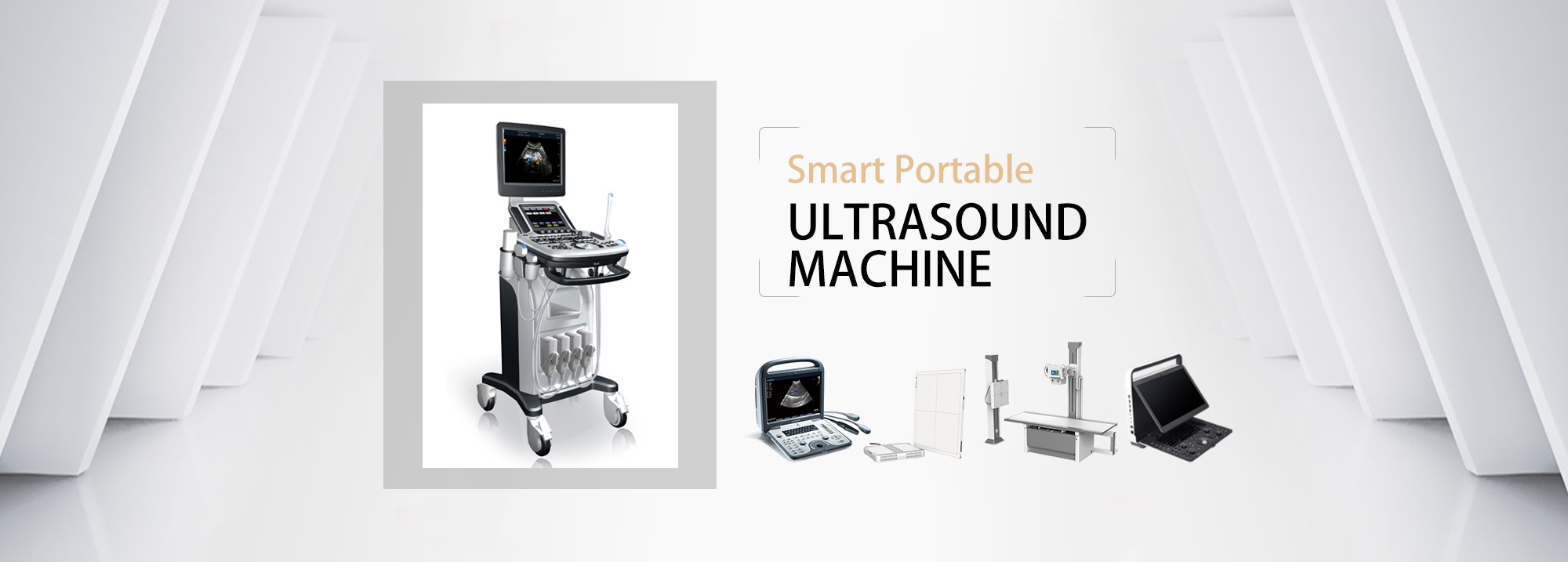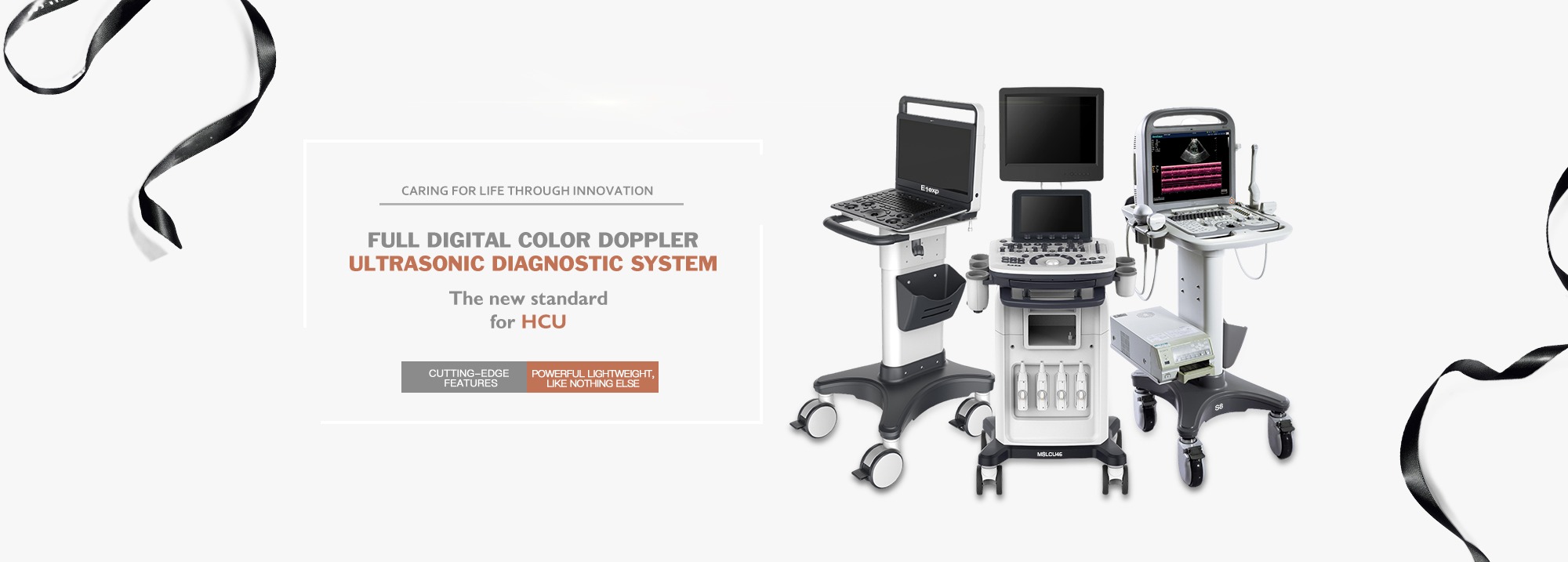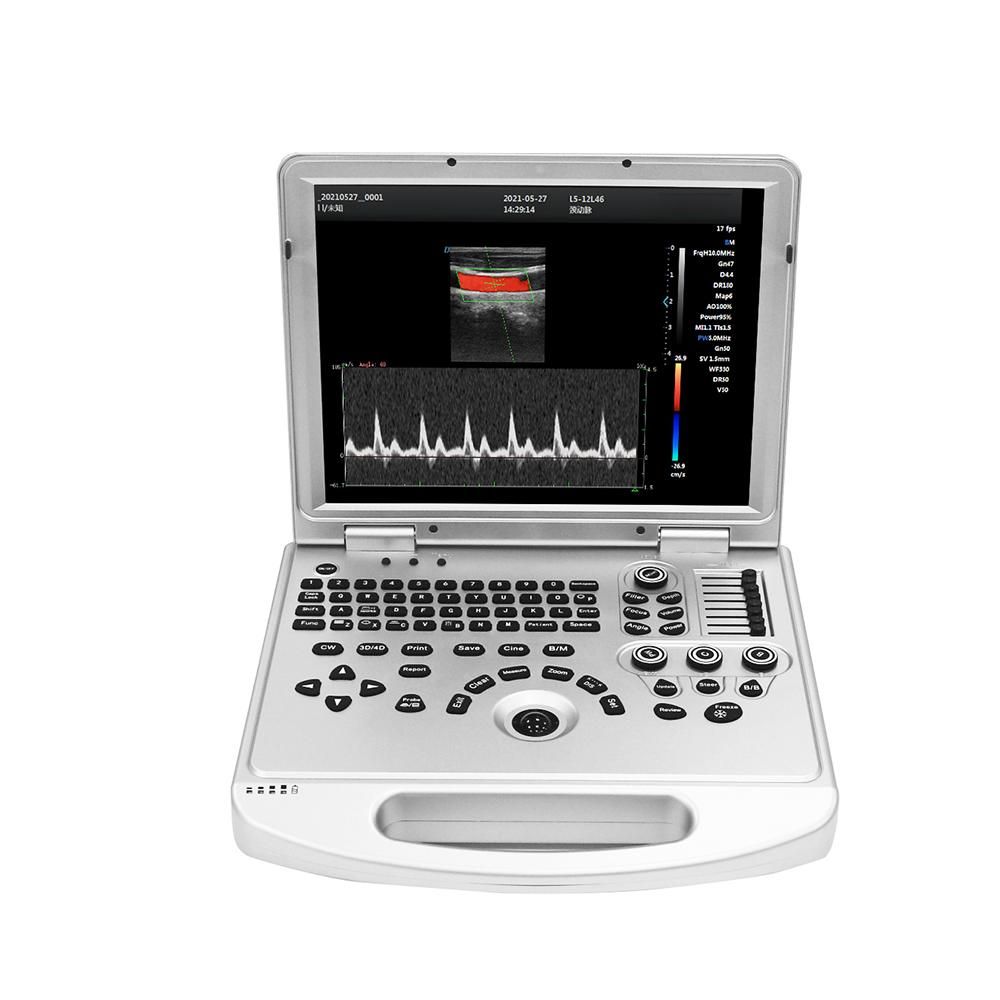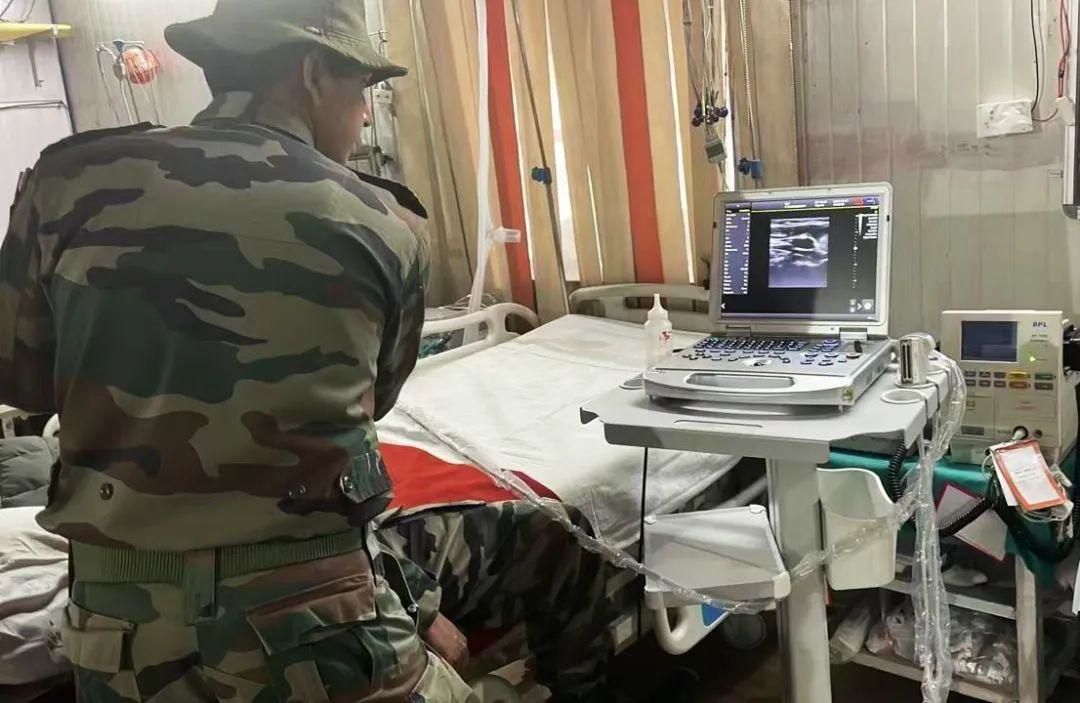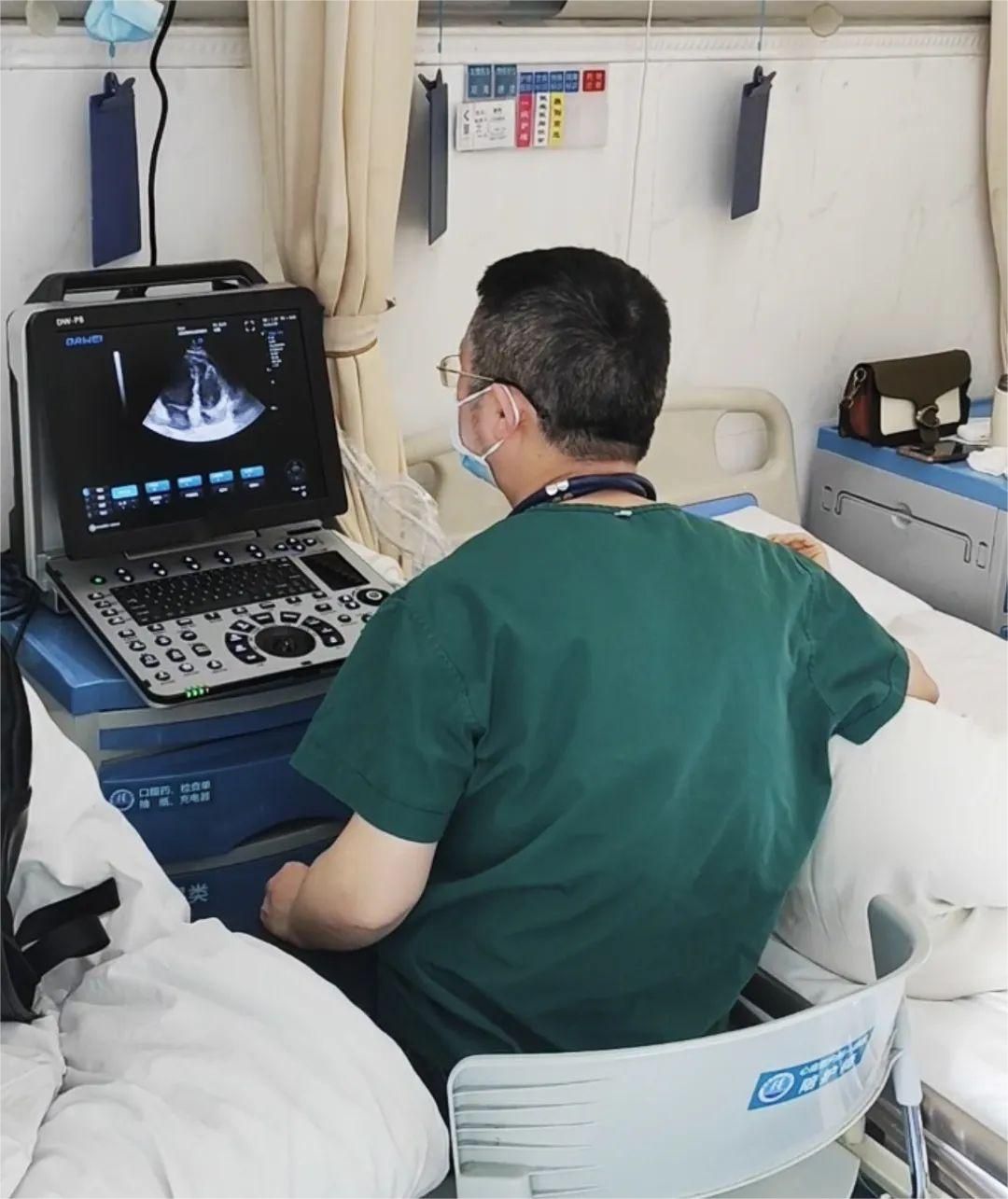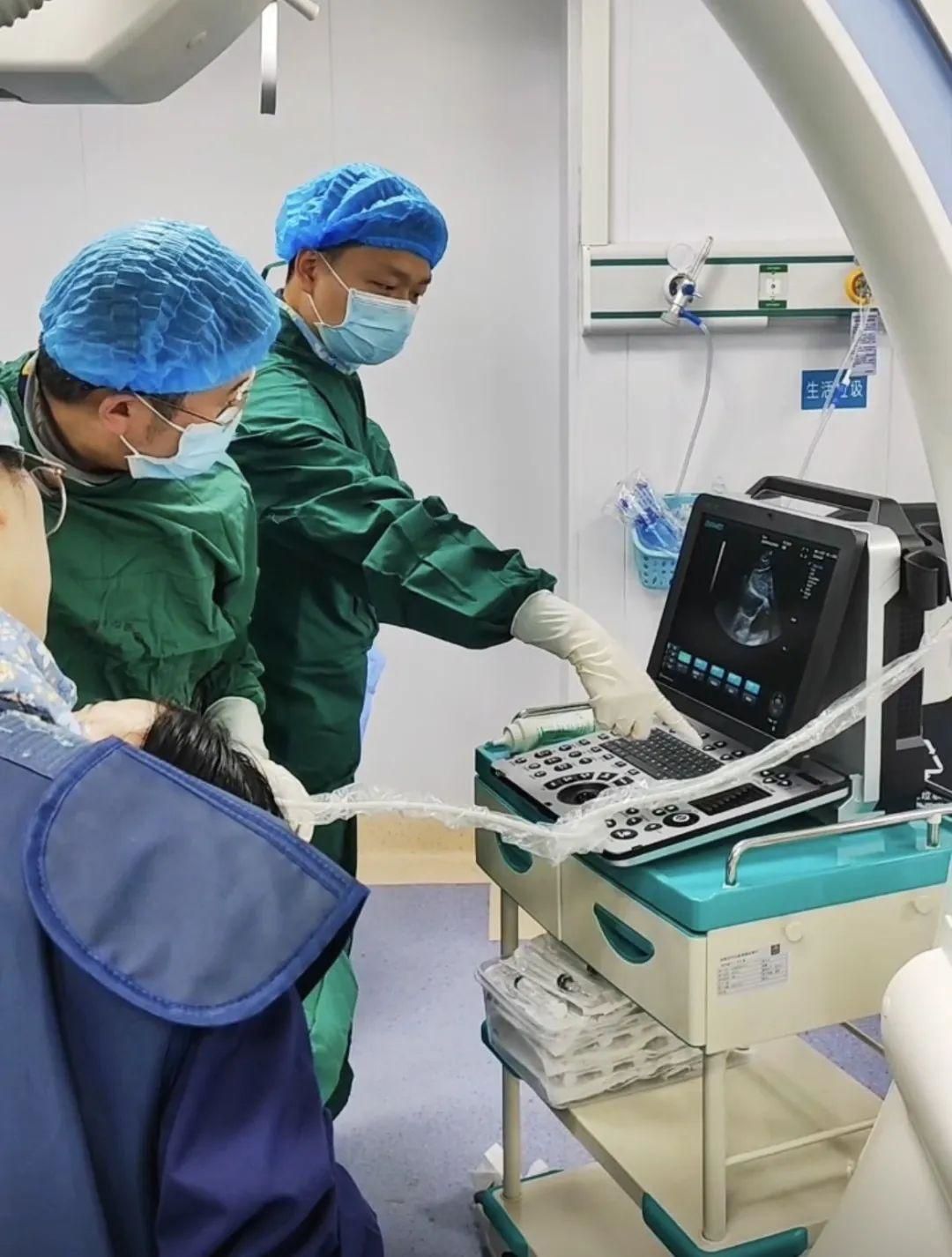With the development of emergency medicine and the popularization of ultrasound technology, point-of-care ultrasound has been widely used in emergency medicine. It is convenient for rapid diagnosis, immediate evaluation and treatment of emergency patients, and has been applied to emergency, severe, trauma, vascular, obstetrics, anesthesia and other specialties.
The application of poc ultrasound in the diagnosis and evaluation of the disease has been very common in foreign emergency departments. The American College of Emergency Physicians requires physicians to master emergency ultrasound technology. Emergency doctors in Europe and Japan have widely used poc ultrasound to assist diagnosis and treatment. At present, the use of poc ultrasound by emergency department doctors in China is uneven, and some emergency departments of hospitals have begun to train and promote the use of poc ultrasound, while most of the emergency departments of hospitals are still blank in this respect.
Emergency ultrasound is a very limited aspect of ultrasound medicine application, relatively simple, suitable for every emergency physician to use. Such as: trauma examination, abdominal aortic aneurysm, vascular access establishment and so on.
Application of poc ultrasound in emergency department
1.Trauma assessment
Emergency physicians use poc ultrasound to identify free fluid during initial evaluation of patients with chest or abdominal trauma. Rapid ultrasound assessment of trauma, using ultrasound to detect intraperitoneal bleeding. The rapid procedure of the examination has become the preferred technique for emergency assessment of abdominal trauma, and if the initial examination is negative, the examination can be repeated as clinically necessary. A positive test for hemorrhagic shock indicates abdominal bleeding that requires surgery. The focused ultrasound assessment of extended trauma is used in patients with chest trauma to examine subcostal sections including the heart and the anterior side of the chest.
2.Goal-directed echocardiography and shock assessment
Cardiac evaluation with poc ultrasound uses goal-oriented echocardiography, a limited number of standard echocardiographic views, to facilitate emergency physicians' rapid assessment of cardiac structure and function in patients with hemodynamic disorders. The five standard views of the heart include parasternal long axis, parasternal short axis, apical four chambers, subxiphoid four chambers, and inferior vena cava views. Ultrasound analysis of the mitral and aortic valves can also be included in the examination, which can quickly identify the cause of the patient's life, such as valve dysfunction, left ventricular failure, and early intervention in these diseases can save the patient's life.
3.Pulmonary ultrasound
Pulmonary ultrasound allows emergency physicians to quickly assess the cause of dyspnea in patients and determine the presence of pneumothorax, pulmonary edema, pneumonia, pulmonary interstitial disease, or pleural effusion. Pulmonary ultrasound combined with GDE can effectively evaluate the cause and severity of dyspnea. For critically ill patients with dyspnea, pulmonary ultrasound has a similar diagnostic effect to chest plain scan CT and is superior to bedside chest X-ray.
4.Cardiopulmonary resuscitation
Respiratory cardiac arrest is a common emergency severe disease. The key to successful rescue is timely and effective cardiopulmonary resuscitation. Poc ultrasound can reveal potential causes of reversible cardiac arrest, such as massive pericardial effusion with pericardial tamponade, severe right ventricular dilation with massive pulmonary embolism, hypovolemia, tension pneumothorax, cardiac tamponade, and massive myocardial infarction, and provide opportunities for early correction of these causes. A poc ultrasound can identify cardiac contractile activity without a pulse, distinguish between true and false arrest, and monitor the entire process during CPR. In addition, the poc ultrasound is used for airway assessment to help confirm the location of the tracheal intubation and ensure adequate ventilation in both lungs. In the post-resuscitation phase, ultrasound can be used to assess blood volume status and the presence and severity of myocardial dysfunction after resuscitation. Appropriate fluid therapy, medical intervention or mechanical support may be used accordingly.
5.Ultrasound guided puncture therapy
Ultrasonic examination can clearly show the deep tissue structure of the human body, accurately locate the lesions and observe the dynamic changes of the lesions in real time to avoid serious complications, so ultrasound guided puncture technology came into being. At present, ultrasound-guided puncture technology has been widely used in clinical practice and has become a safety guarantee for various clinical invasive operations. Poc ultrasound improves the success rate of various procedures performed by emergency physicians and reduces the incidence of complications, such as thoracopuncture, pericardiocentesis, regional anesthesia, lumbar puncture, central venous catheter insertion, difficult peripheral artery and venous catheter insertion, incision and drainage of skin abscesses, joint puncture, and airway management.
Further promote the development of emergency poc ultrasound in China
The application of poc ultrasound in China's emergency department has a preliminary basis, but it still needs to be developed and popularized. In order to accelerate the development of emergency poc ultrasound, it is necessary to improve the awareness of emergency physicians on poc ultrasound, learn from the mature teaching and management experience abroad, and strengthen and standardize the training of emergency ultrasound technology. Training in emergency ultrasound techniques should begin with emergency resident training. Encourage the emergency department to set up a team of emergency poc ultrasound doctors and collaborate with the ultrasound imaging department to improve the department's ability to apply ultrasound. With the increasing number of emergency physicians who learn and master the technology of poc ultrasound, it will further promote the development of emergency poc ultrasound in China.
In the future, with the continuous update of ultrasound equipment and the continuous improvement of AI and AR technology, ultrasound equipped with cloud shared access and telemedicine capabilities will help emergency physicians perform better. At the same time, it is necessary to develop a suitable emergency poc ultrasound training program and related qualification certification based on China's actual national conditions.
Post time: Dec-15-2023

